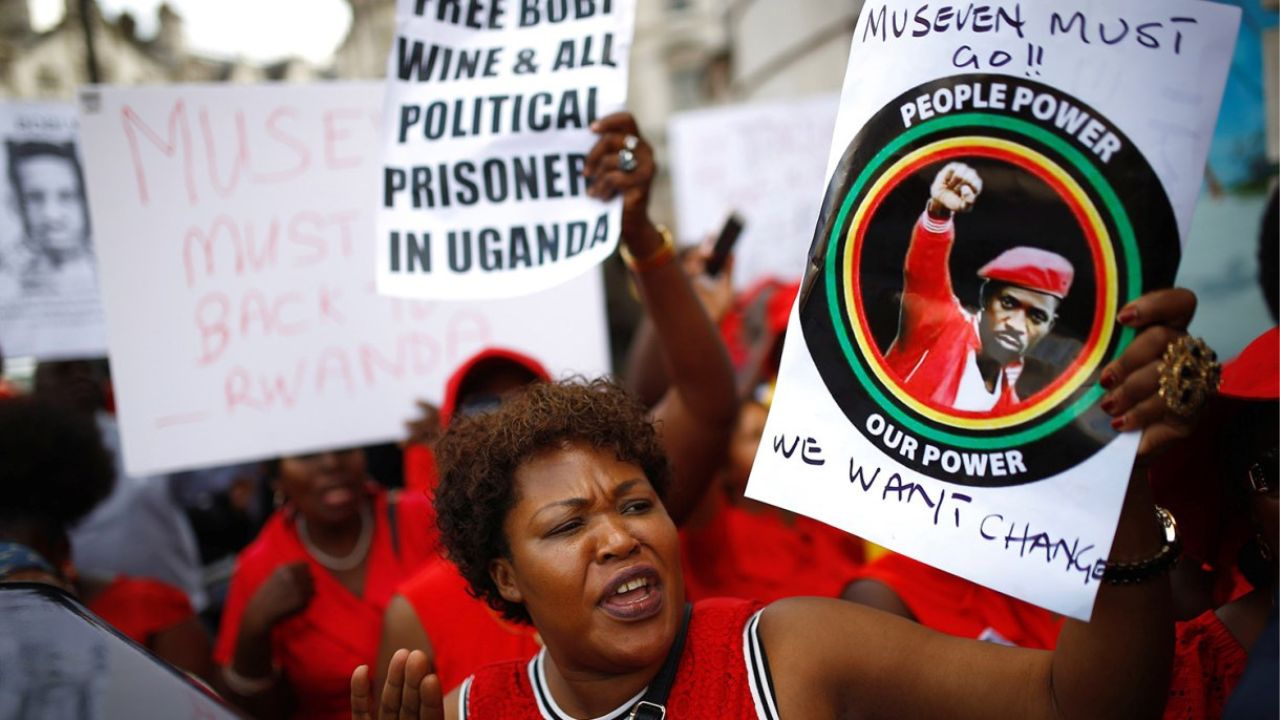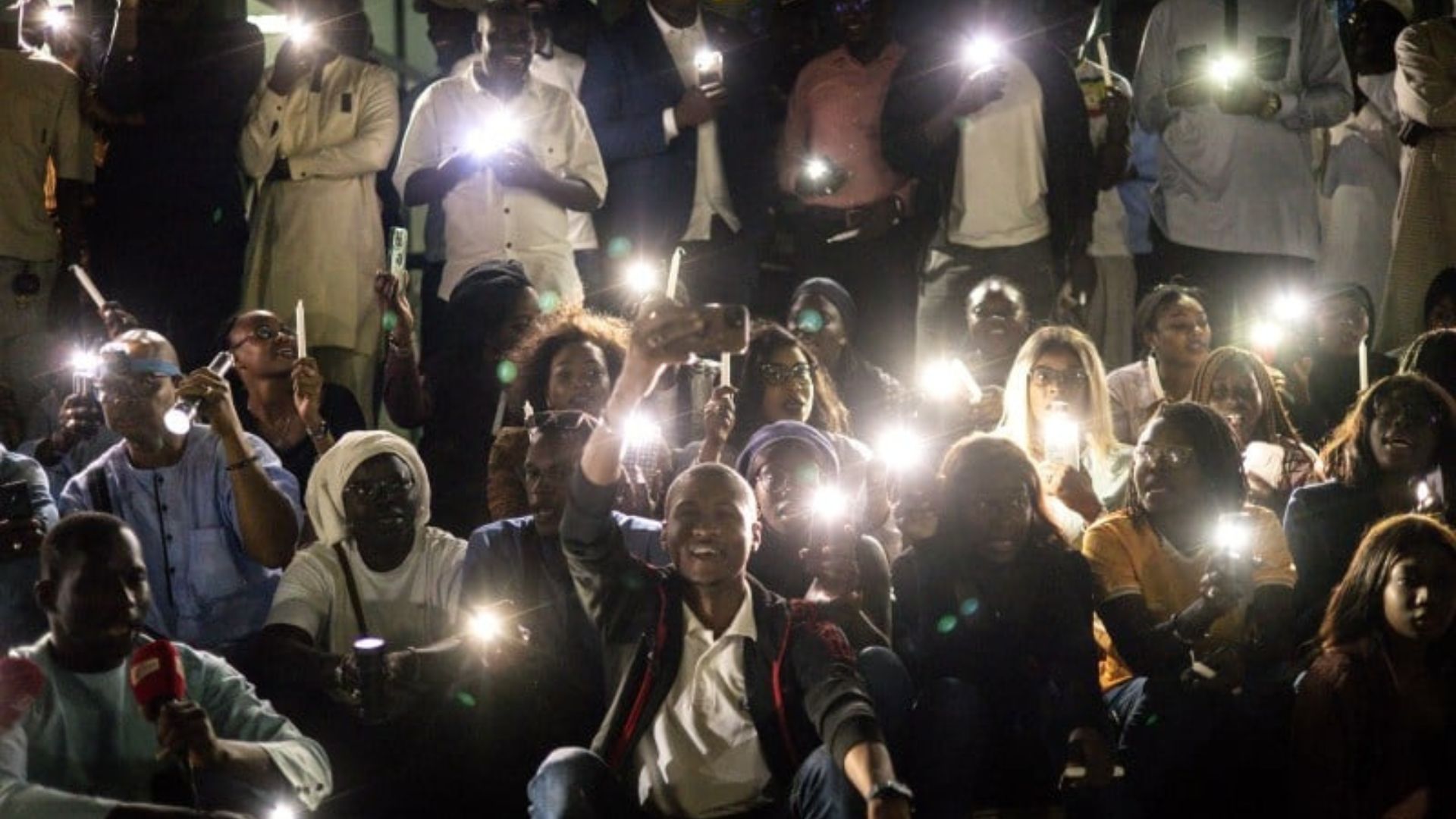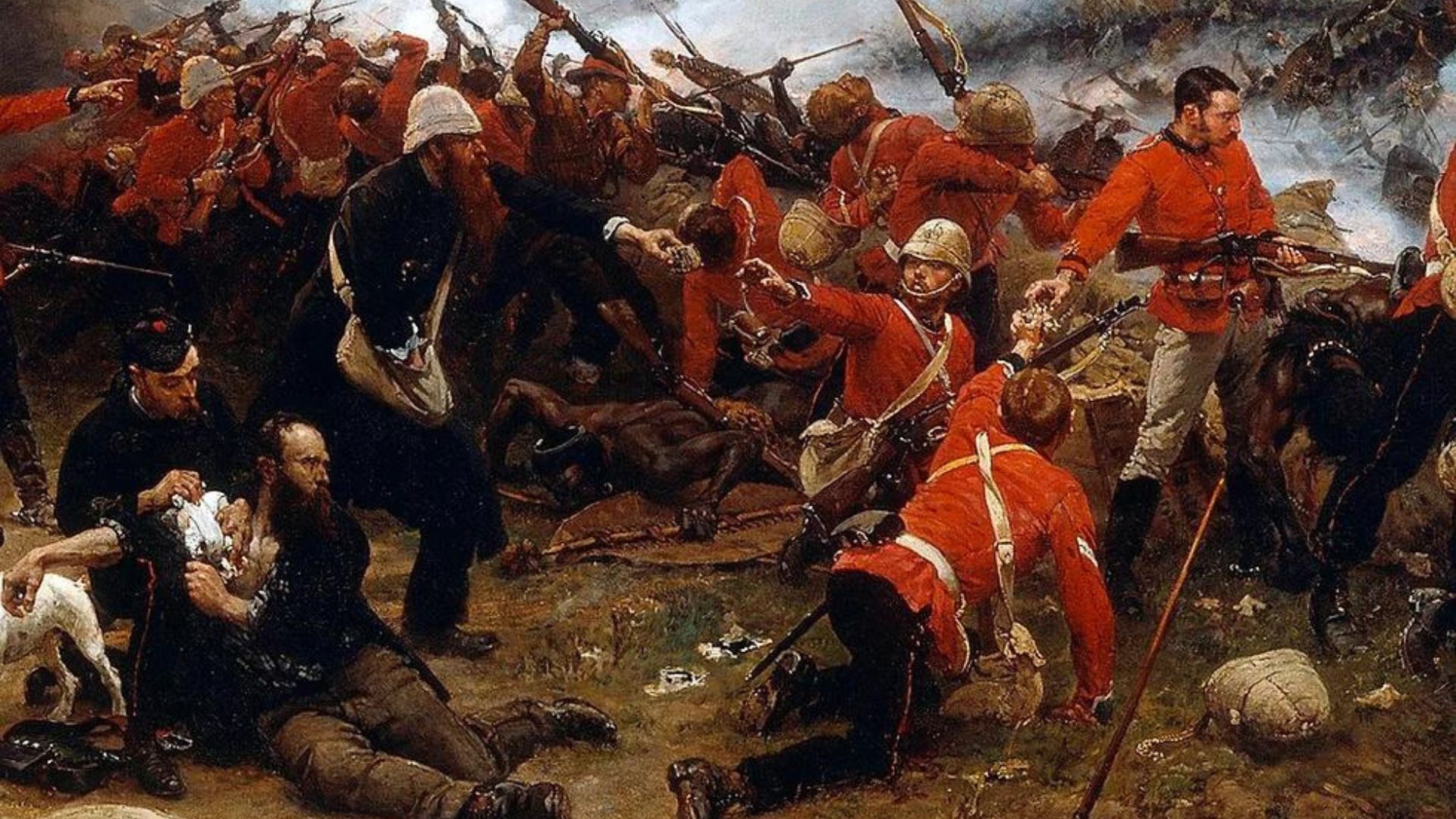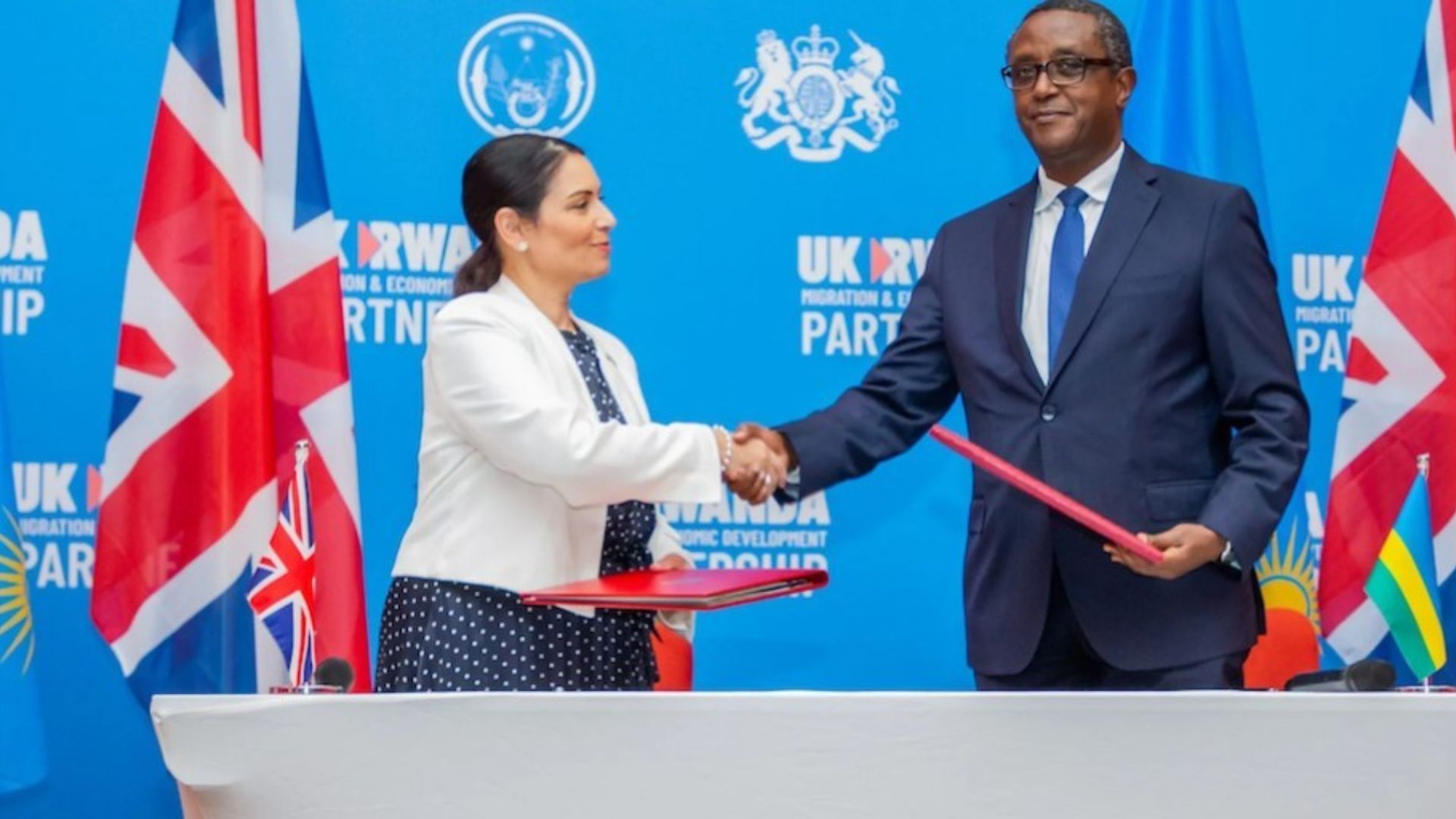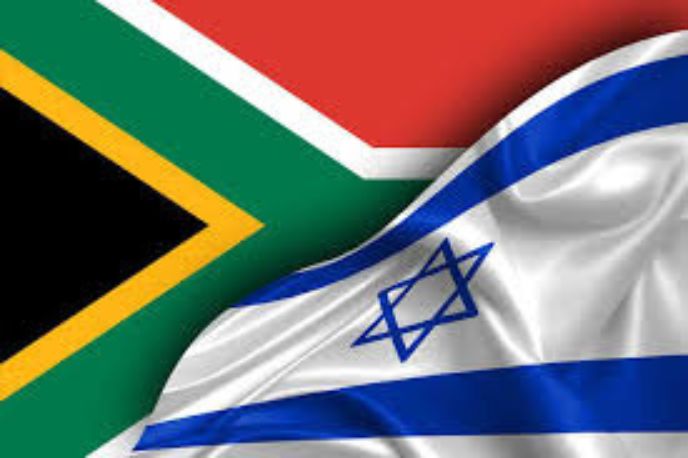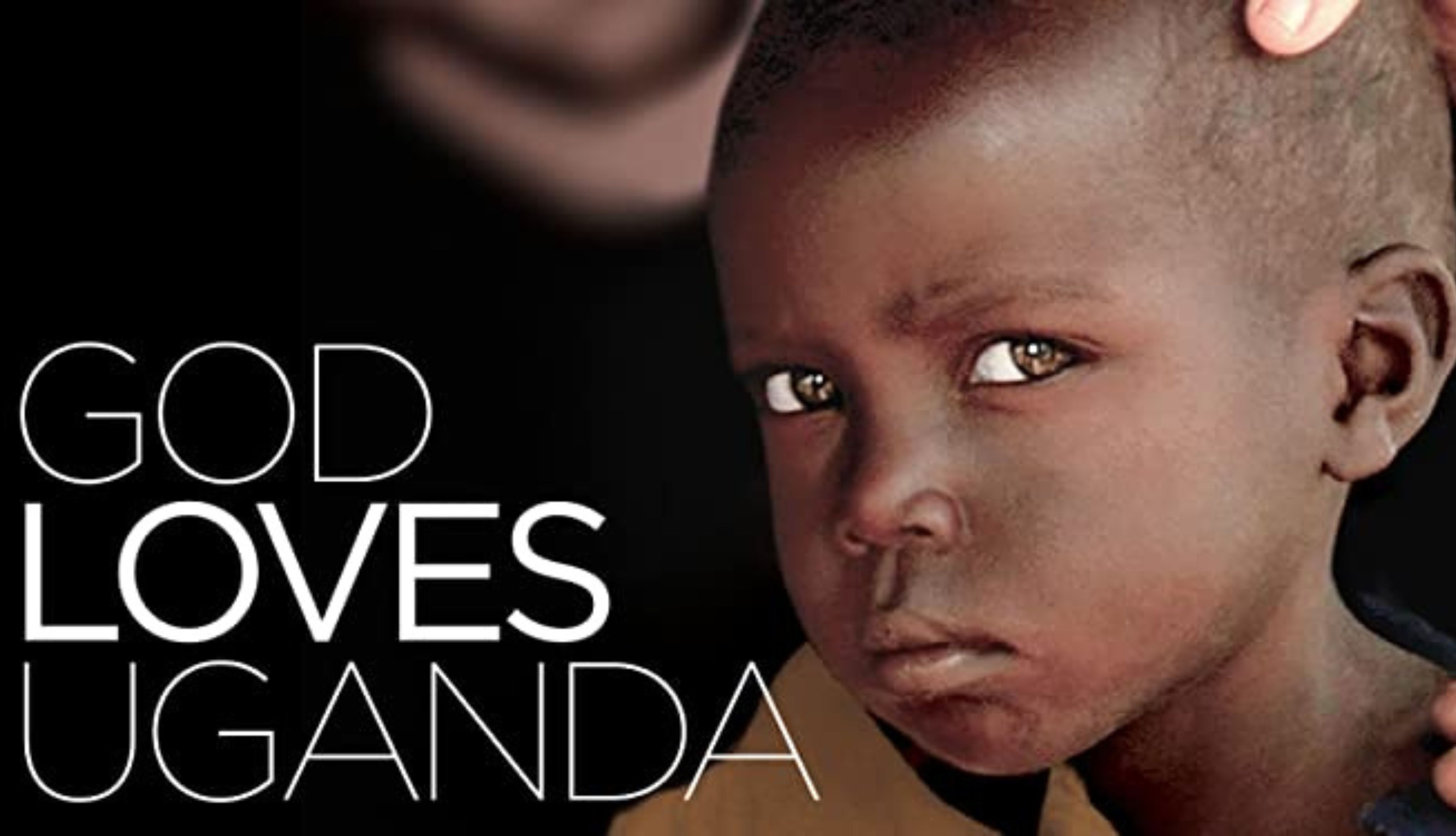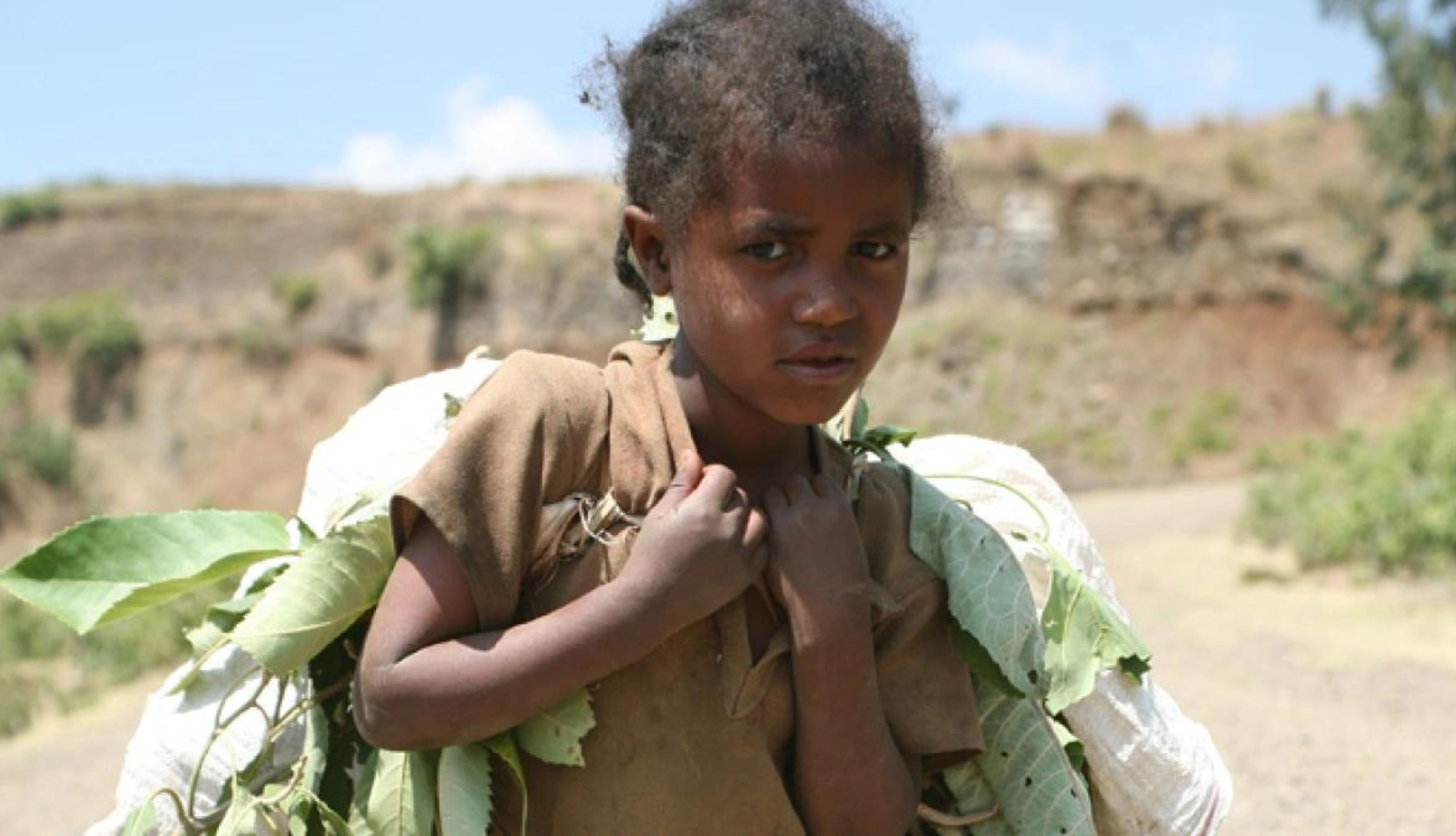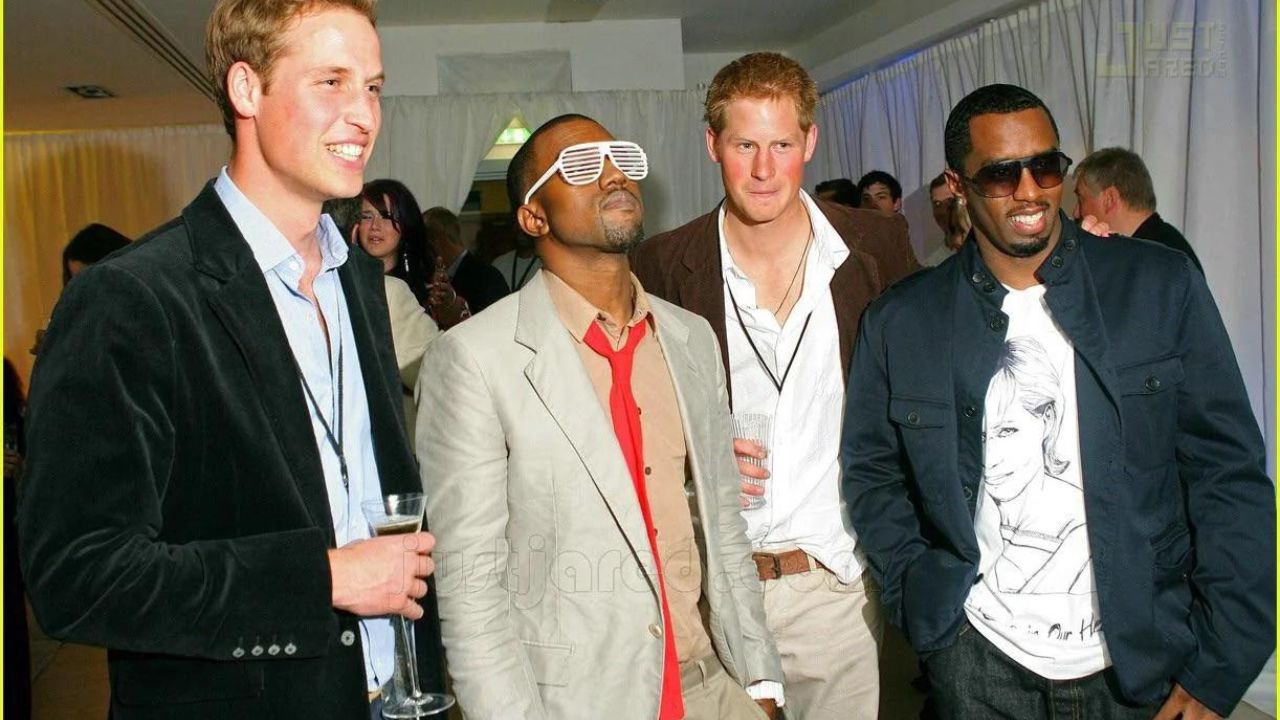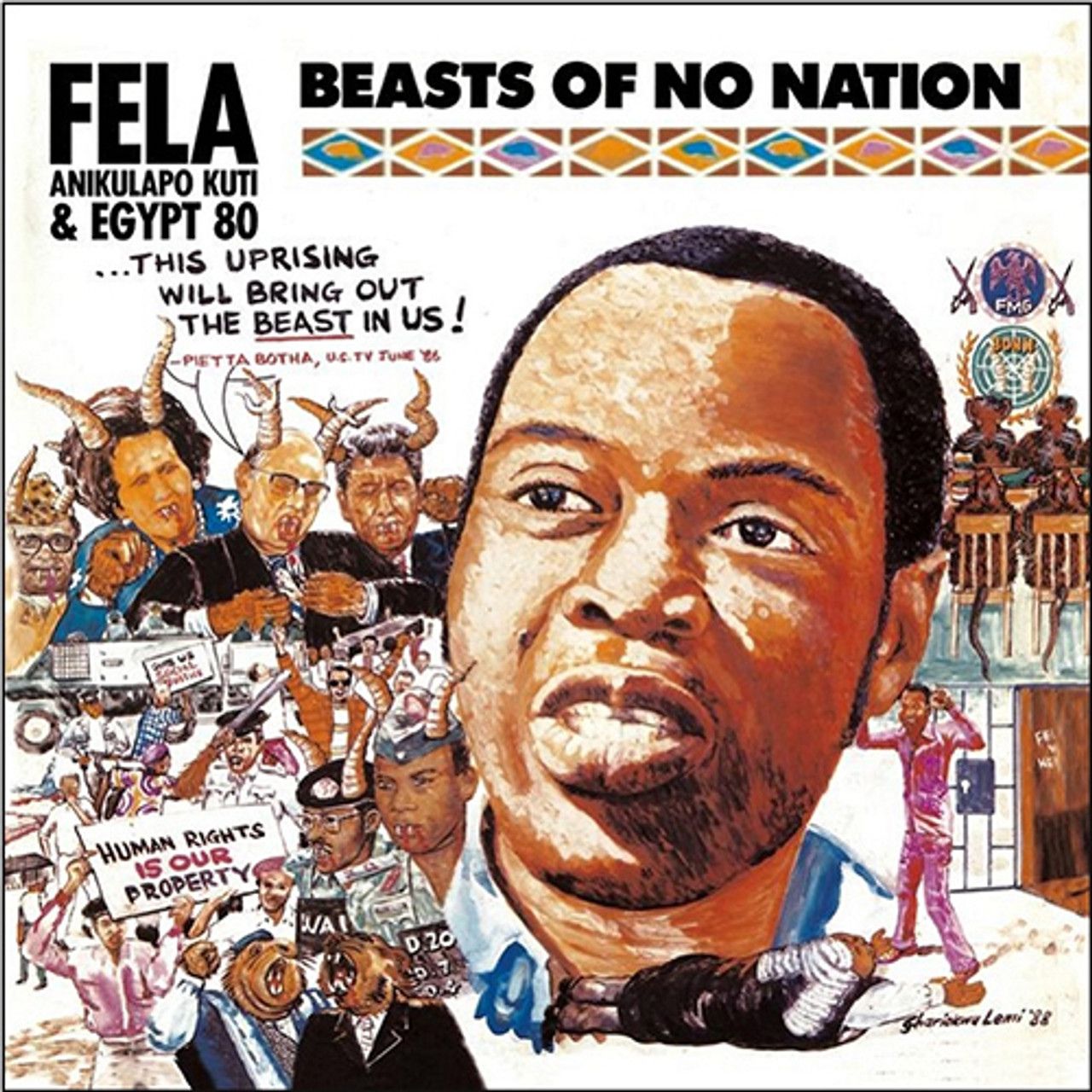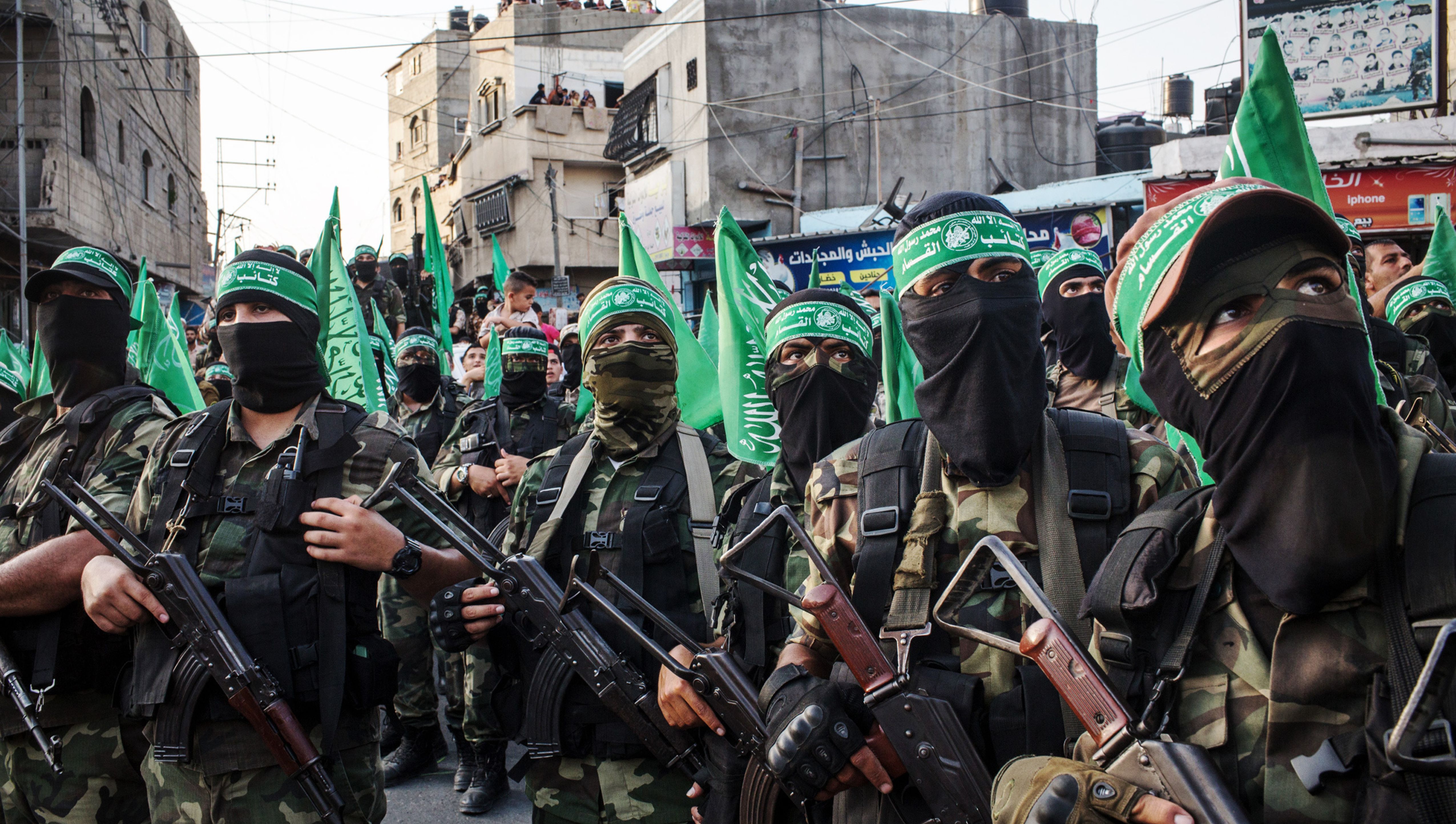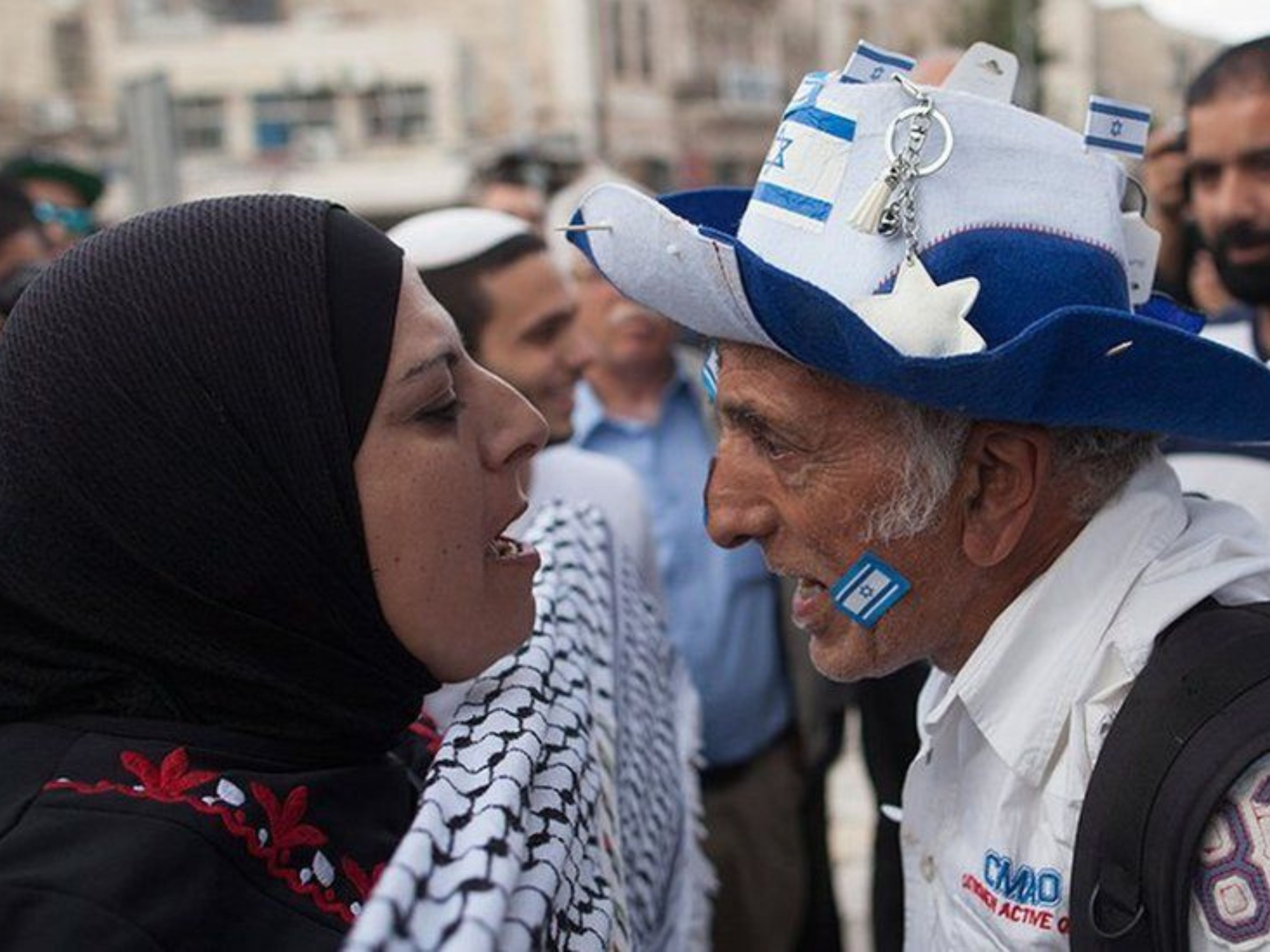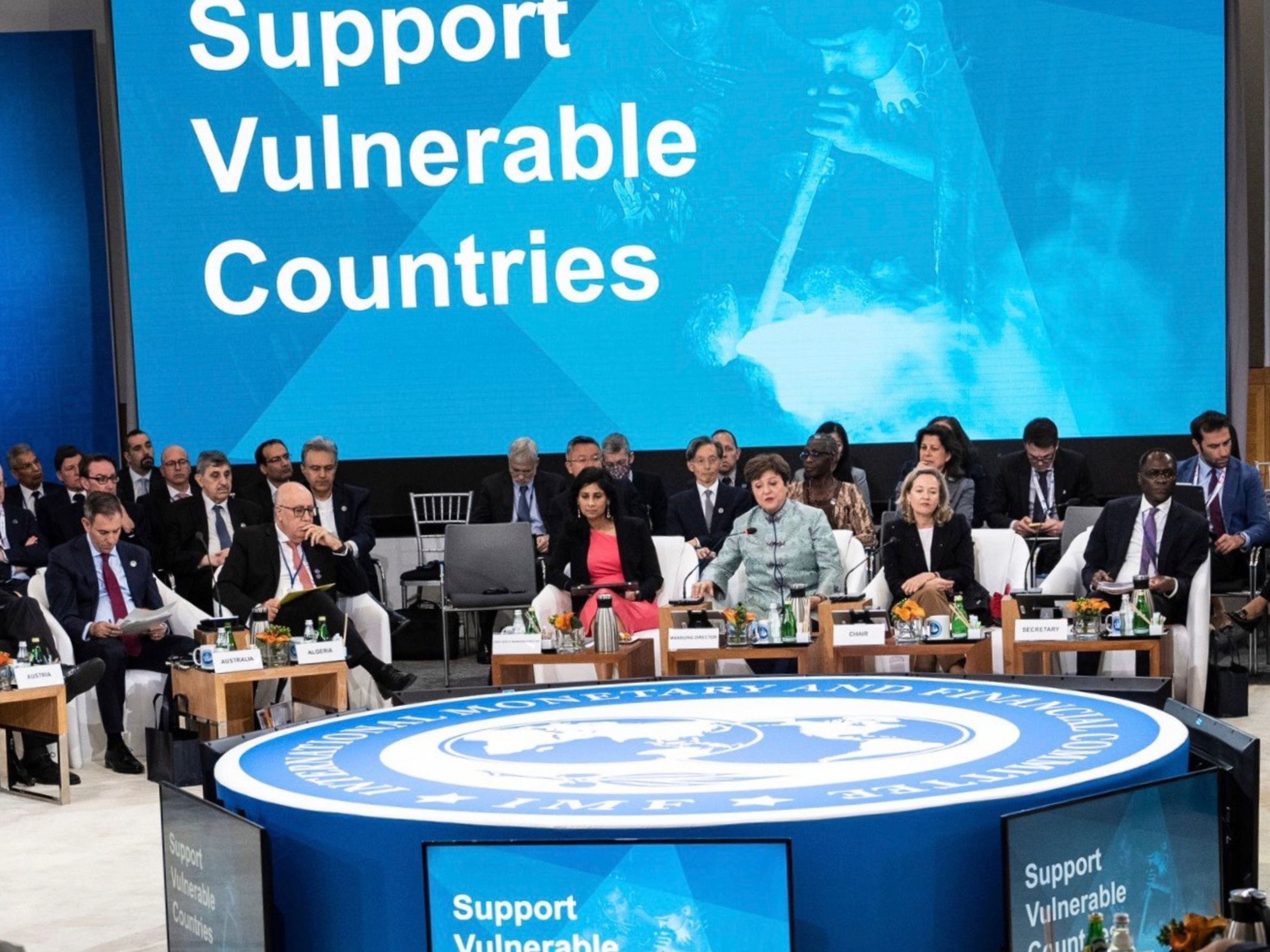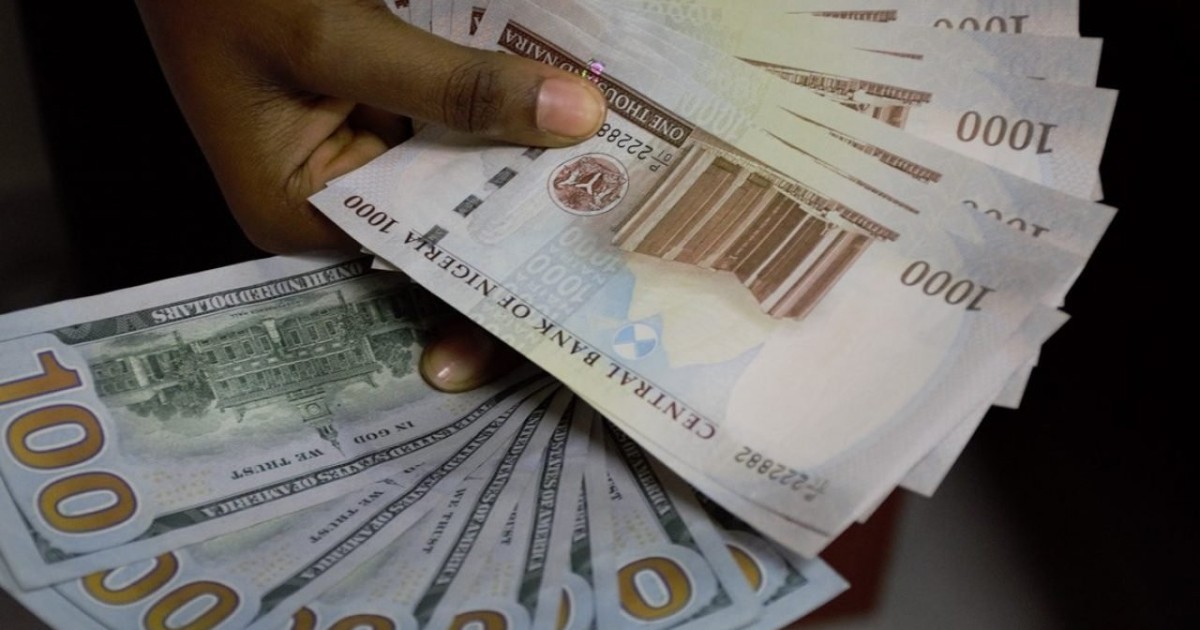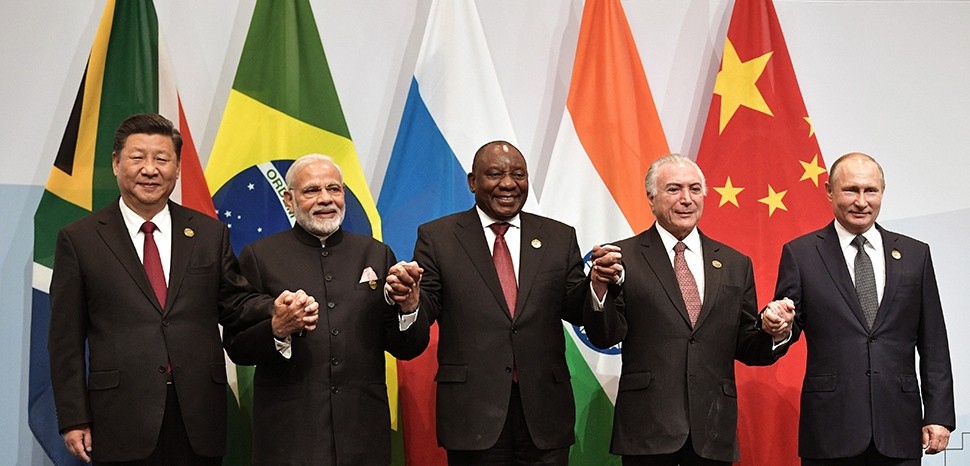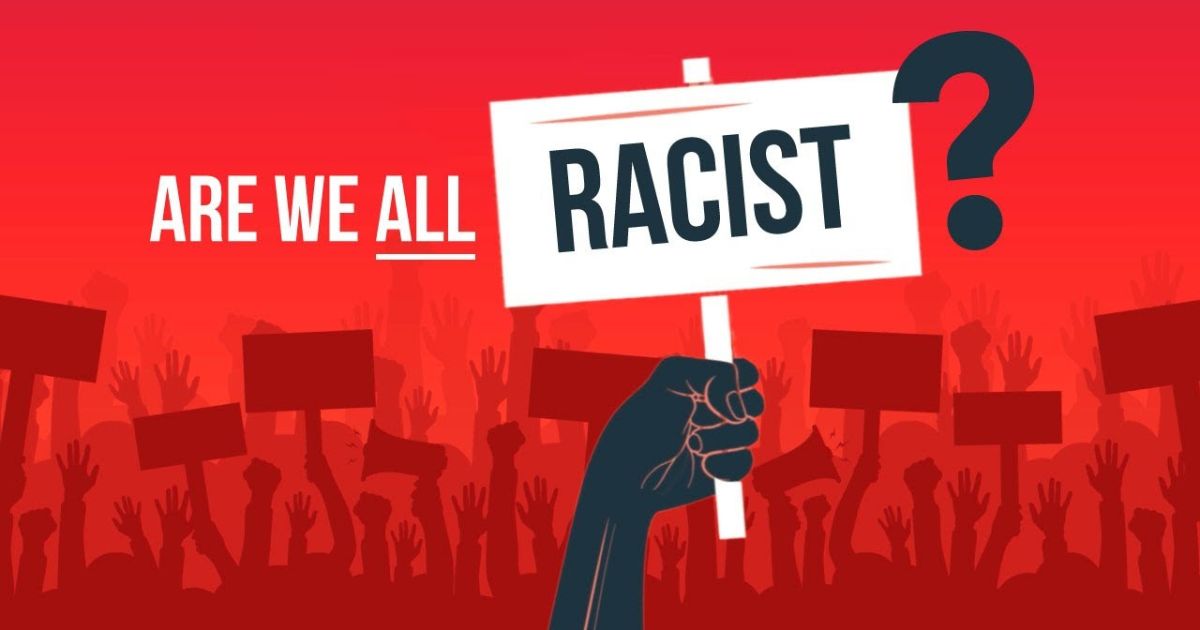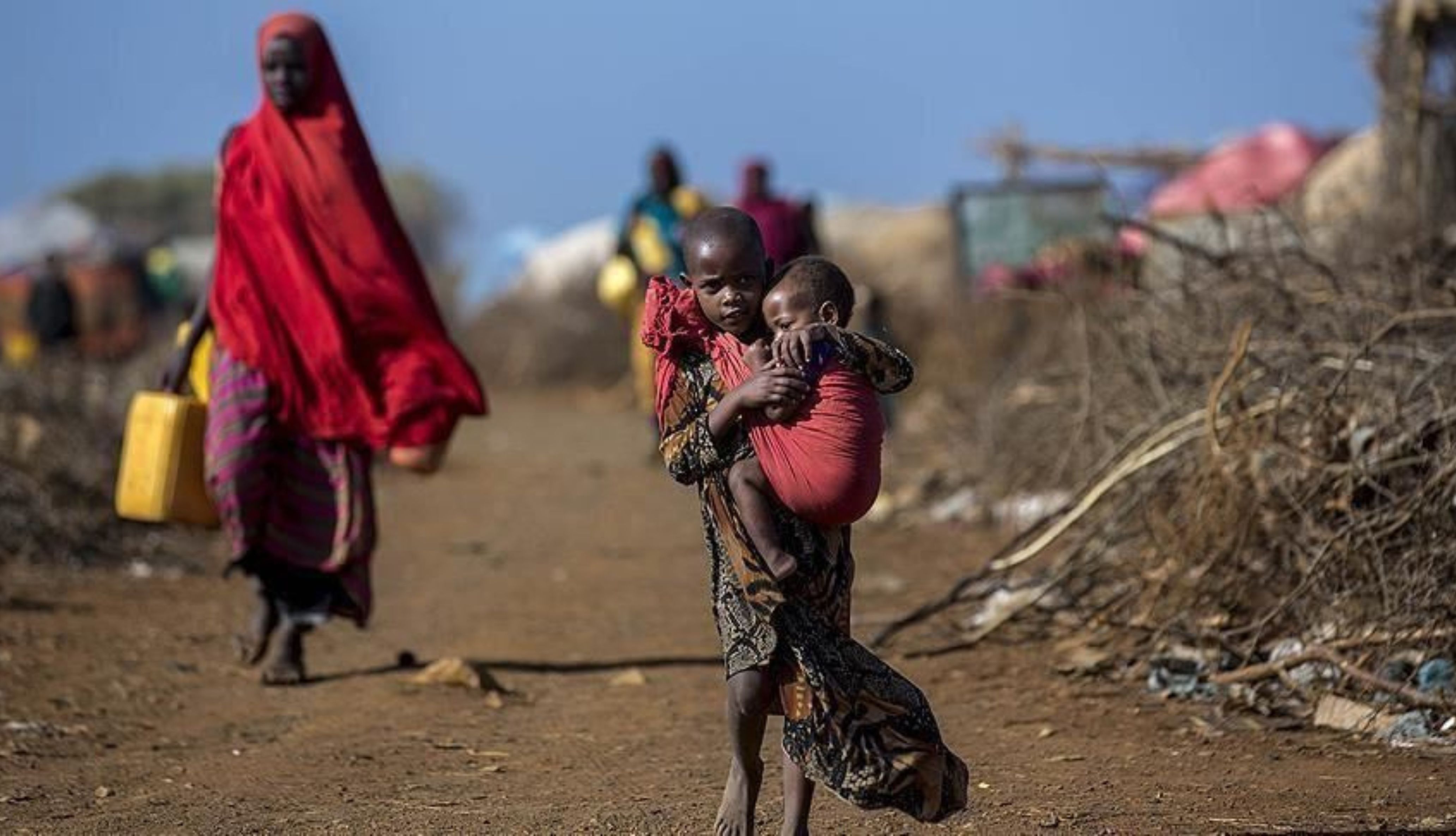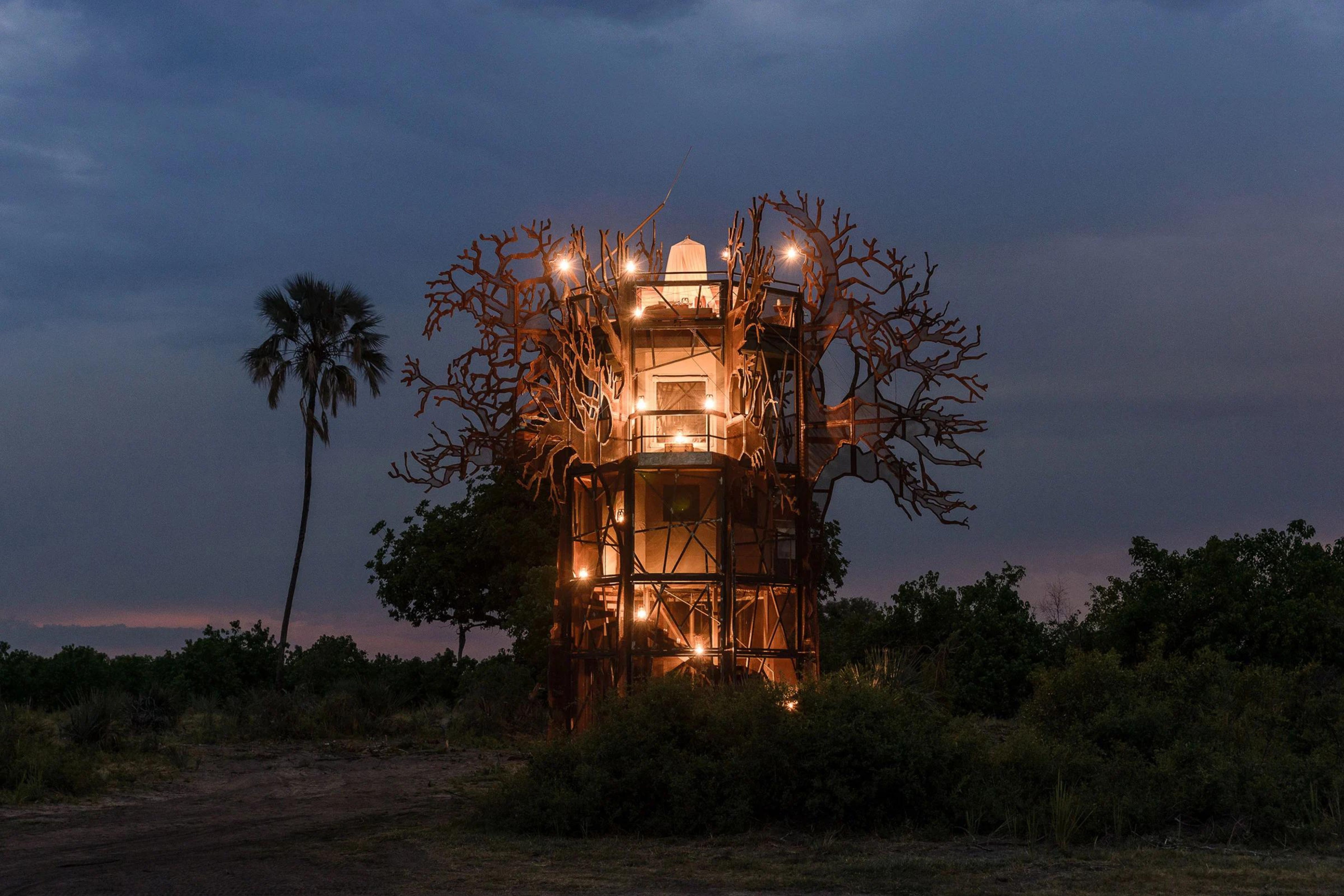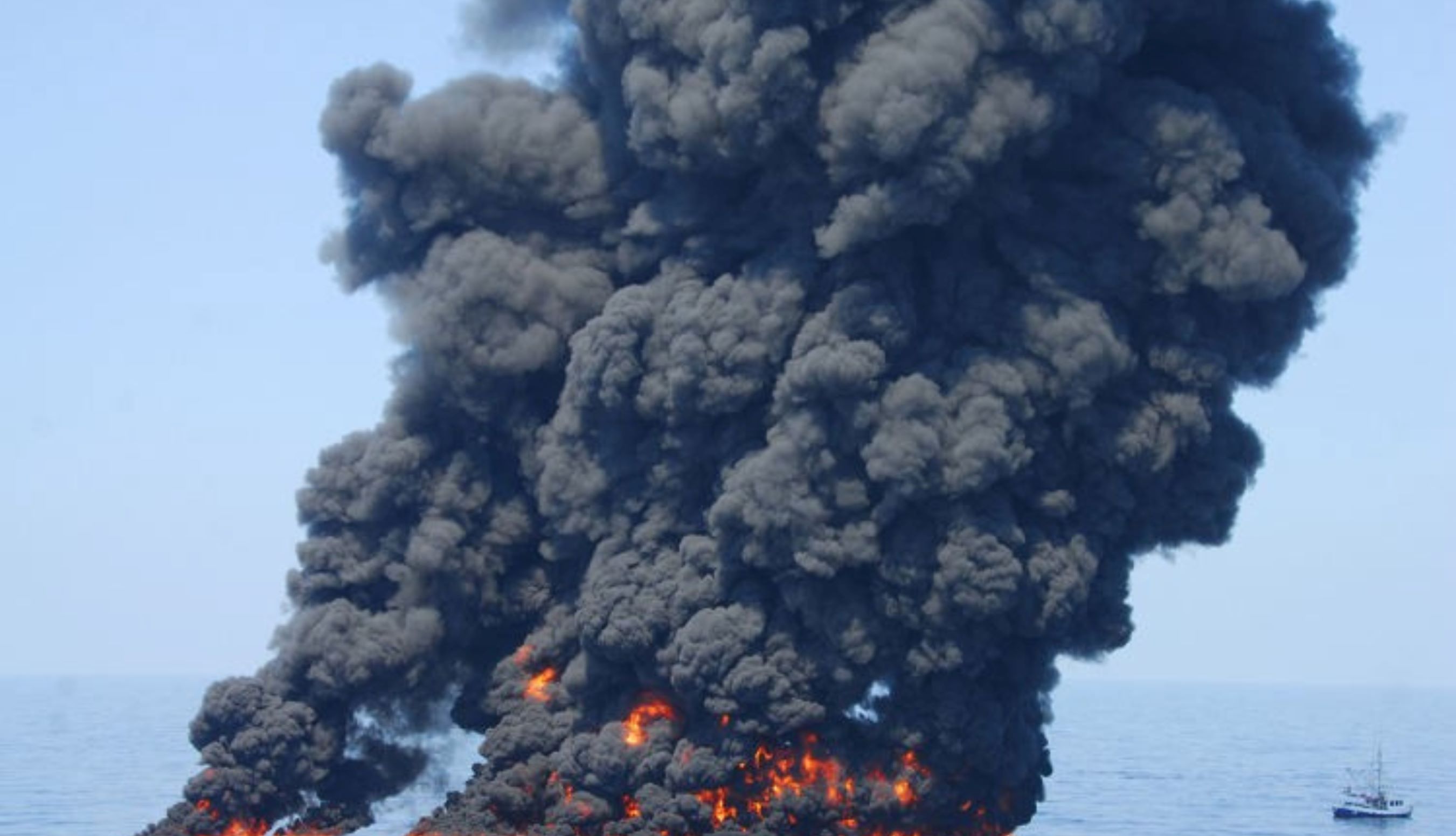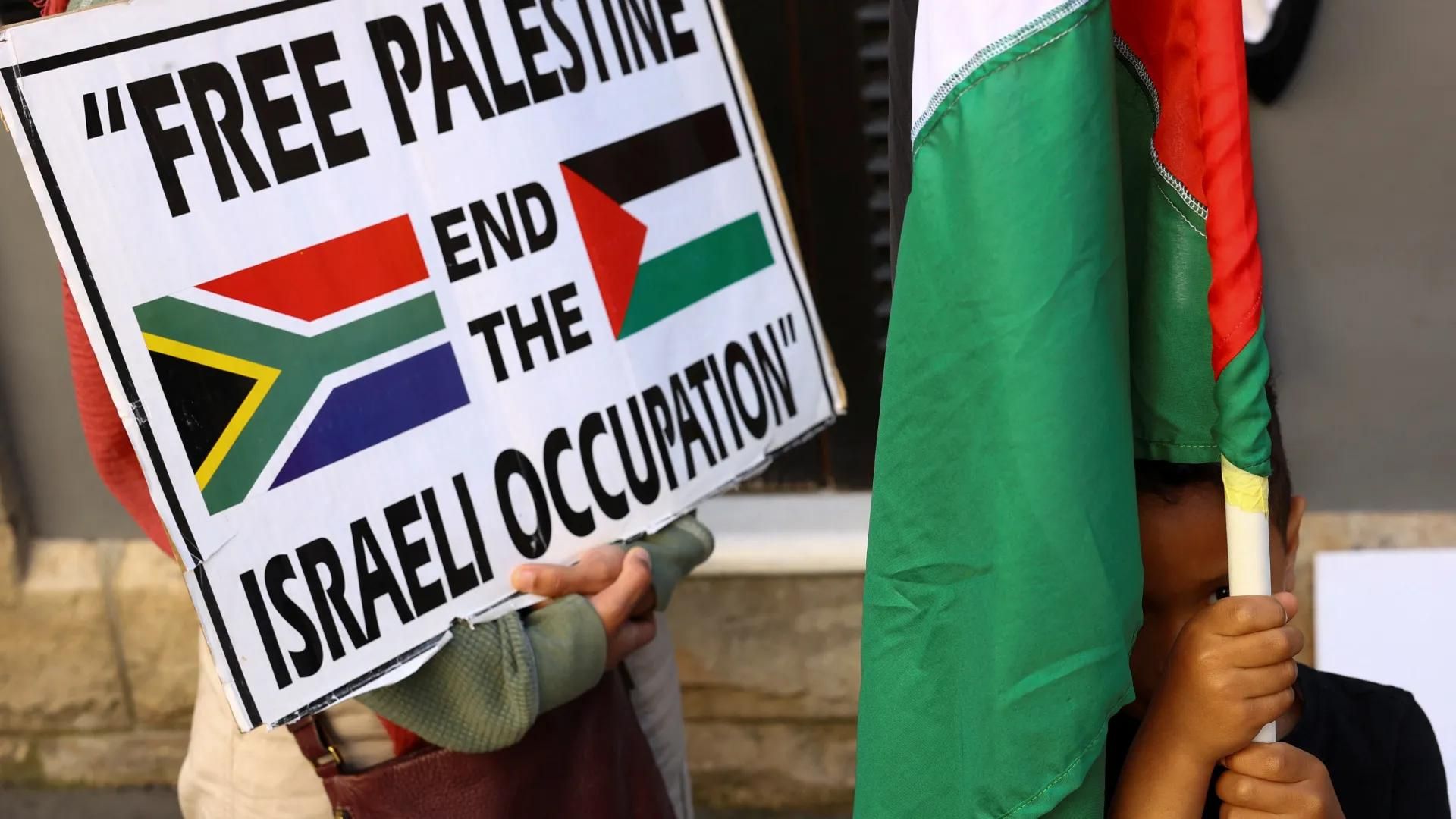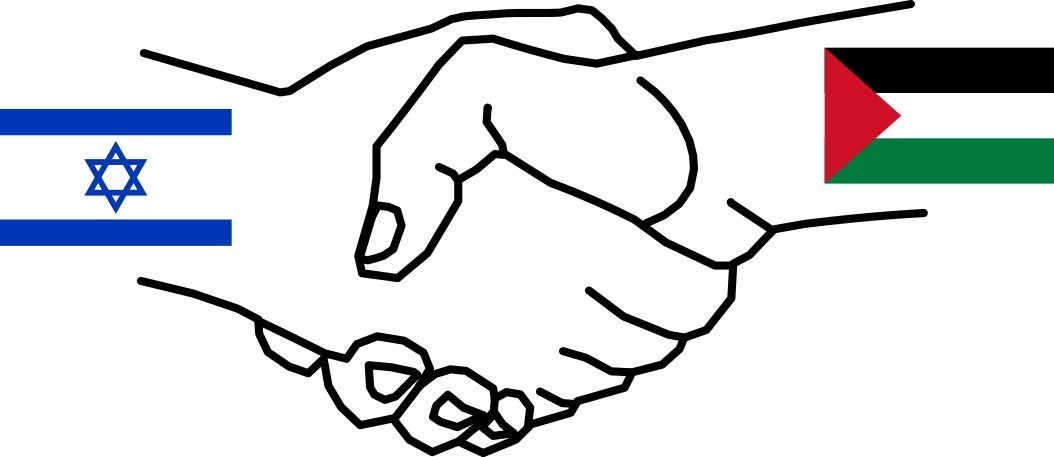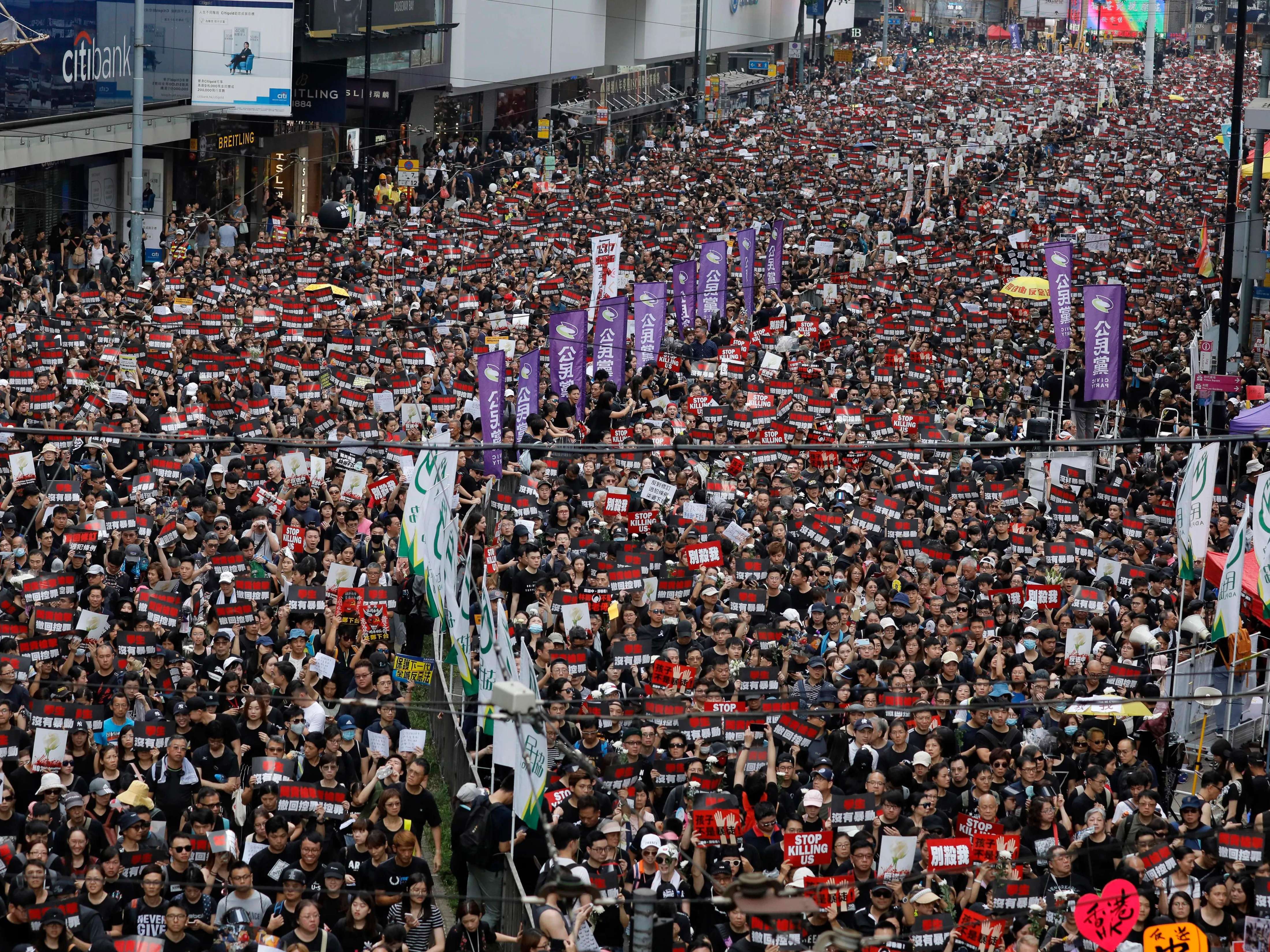For South Africans, December 16 is a public holiday to celebrate both the end of apartheid and the victory of the Battle of Blood River. Initially called Dingane’s Day (Afrikaans: Dingaansdag), December 16 was made an annual national holiday in 1910, before being renamed “Day of the Vow” in 1982 and in 1994, soon after the end of Apartheid, it was renamed the Day of Reconciliation” because it was significant to both Afrikaner and African cultures.


The celebration of this day for the Afrikaans goes back to the victory won in 1838, the battle between 463 Voortrekkers, led by Andries Pretorius (after whom South Africa gets her capita, Pretoria), and an estimated 90,000 to 120,000 Zulu on the bank of the Ncome River on Dec. 16, 1838, in today’s KwaZulu-Natal, South Africa.. Its proximate cause was a clash over land rights in Natal and the massacre of Voortrekkers by the Zulu king Dingane.
Prelude
In the early 1800s the British colonized the Cape, sending Boer farmers in South Africa looking for areas outside of British rule. These people became known as Voortrekkers (Afrikaans: “Early Migrants”). The Voortrekker migration initially faced little resistance and eventually reached Natal, an area primarily occupied by the Zulu people.
READ ALSO: JUNE 16 The Soweto Massacre: Remembering the sacrifice
Conflict between the Voortrekkers and the Zulu began with negotiations over the proposed purchase of land in Natal. In November 1837, the Voortrekkers met with Dingane, the king of the Zulu. Dingane reportedly granted the Voortrekkers land between the Tugela River and the Mzimvubu River in the south, on the condition that they retrieve cattle stolen by a rebel chief Sikyonela. Piet Retief, the then leader of the Voortrekkers, agreed to this, and he and his men completed the task that was asked of them. They also took additional horses, cattle, and guns from Sikyonela and his people to supplement the Voortrekkers’ supplies. Dingane demanded that Retief deliver this additional booty to him, and Retief responded with a letter that invoked a previous Voortrekker military success over the Ndebele. Dingane interpreted this thinly veiled threat as evidence of a Voortrekker plot against him. When the Voortrekkers arrived with the cattle and horses they had retrieved, Dingane pretended to welcome them with open arms. He is said to have granted a treaty for the land but planned to kill the Boers before they could settle there. Dingane invited Retief and his men to a farewell celebration that would take place the next day, asking them to leave their weapons behind as a sign of respect. Ignoring the warnings of fellow Voortrekkers who suspected that treachery was afoot, Retief arrived the next day with approximately 69 followers to partake in celebrations.


While the Trekkers were being entertained by Dingane’s dancing warriors/soldiers, Dingane suddenly accused the visiting party of witchcraft and ordered his men: “Bulalani abathakathi” (Kill the sorcerers). Dingane’s soldiers proceeded to impale all Retief’s men. This form of death was excruciating in the least as it normally takes a person three days to die due to the infections caused to internal organs by the impalement, and lastly Retief was also killed, while leaving the Natal treaty in his handbag intact.
Dingane then moved against the rest of the Voortrekker population, which had encroached into Zulu territory. With approximately 15,000 men, he marched to the foot of the Drakensberg mountains, where the Voortrekkers had built their laagers (encampments) killing an estimated 500 men, women, children, and servants, wiping out their camps, most notably at Blaukraans.
Help arrived from farmers in the Cape Colony, and the Trekkers in Natal subsequently requested the pro-independence Andries Pretorius to leave the Cape Colony, in order to defend the Voortrekkers who had settled in Natal.


The Voortrekkers responded by marching on the Zulu capital of Mgungundlovu with a force under commandants Dirk Uys and Andries Potgieter. Along the way, they were attacked by the Zulu at Ithaleni, and Uys and many of his men were killed. Exhausted, the remaining Voortrekkers prepared for defeat. The Zulu attacked again on Aug. 12, 1838, but this time the Voortrekkers were able to hold their own. The three-day engagement ended in a Zulu defeat, and the Voortrekkers’ spirits were lifted. Andries Pretorius took command of the Voortrekker forces and led them into Zululand on the offensive.
On Nov. 26, 1838, Andries Pretorius was appointed as general of a wagon commando directed against Dingane at UmGungundlovu. By December 1838, Prince Mpande and 17,000 followers had already fled from Dingane, who was seeking to assassinate Mpande. In support of Prince Mpande as Dingane’s replacement, Pretorius’ strategy was to target Dingane alone, allowing Prince Mpande to oust King Dingane through military might.
Battle
Andries Pretorius took command of the Voortrekker forces and led them into Zululand on the offensive. Knowing that they were outnumbered, the Voortrekkers abandoned their plan of a direct assault on the Zulu capital. With the odds against them, the Voortrekkers made a vow to the Christian God: if they win the coming battle, they would build a church and celebrate the day as a holiday. According to Boer tradition, this ritual was performed each night until they reached the Zulu.


When news arrived that the Zulu were approaching, the Voortrekkers took a position near the Ncome River. The site was strategically advantageous, as it was protected by a ravine to the south. On the night of December 15, six Zulu regiments, an estimated 20,000 (or more) Zulu soldiers led by Dambuza (Nzobo) attempted to cross the Ncome, but only half of the 15,000 men were able to, possibly because of misty weather conditions while the elite forces of senior general Ndlela did not cross the river, thereby splitting the army in two. Customarily, the battle hardened soldiers were sent in first and the younger ones had to wait, but because there were so few Voortrekkers the younger soldiers argued that they should be allowed to attack first and were granted the permission.
On December 16, dawn broke at 4:30am on a very heavy misty morning. The Voortrekkers could not see the Zulus but the sounds from their armies revealed that they were there.
The battle began at 5 am as soon as the mist had suddenly and miraculously disappeared into the blue sky and cannons unleashed from each gate. The Zulu attacked, despite the fact that half their force remained on the other side of the river. The Voortrekkers were able to check the charging Zulu forces with their guns and cannons. After two hours and four waves of attack, with the intermittent lulls providing crucial reloading and resting opportunities for the Trekkers, Pretorius ordered a group of horsemen to leave the encampment and engage the Zulu in order to disintegrate their formations. The Zulu withstood the charge for some time, but the rapid losses led them to scatter and later retreat. The Trekkers pursued their fleeing enemies for three hours, hunting them down. Casualties amounted to over 3,000 of King Dingane’s soldiers dead although, some claim that they were about 30 000 dead, including two Zulu princes competing with Prince Mpande for the Zulu throne.
Aftermath
Pretorius and the Voortrekkers arrived at Mgungundlovu on Dec. 20, 1838, only to discover that it had been destroyed. Near the capital, on KwaMatiwane hill, the Voortrekker troops found the remains of Retief and his men. Retief was supposedly found with the treaty ceding land to the Voortrekkers still intact on his person, although contemporary historians question the veracity of this claim.


In the sequel to the Battle of Blood River in January 1840, the forces of Mpande did not wait for Pretorius’ horse regiment to arrive before attacking the remaining regiments of Dingane who were under the command of General Ndlela who strayed from normal fighting tactics against Mpande, sending in his regiments to fight one at a time, instead of together in ox horn formation. Maquongqe Dingane had to flee Natal completely, but before he did so, he had Ndlela slowly strangled by cow hide for high treason on the grounds that he had fought for Mpande and protected him hitherto. Afterwards, Pretorius approved and attended the crowning of Mpande as the Zulu king in Pietermaritzburg and they both agreed on the Tugela River as the border between Zululand and the Republic of Natalia.
The Battle of Blood River, which was to influence the lives of all who live in South Africa, was over.
READ ALSO: Marikana Massacre – An Avoidable Episode
Memorial
In 1841, the Voortrekkers, with the intention of keeping their vow, built a church in Pietermaritzburg (named after their two fallen leaders, Retief and Gerrit Maritz).


In 1947, a monument consisting of an ox wagon made with granite by the sculptor Coert Steynberg was erected on the site of the battle. Also, in 1971, a laager of 64 ox wagons cast in bronze (by Unifront Foundry in Edenvale — Fanie de Klerk and Jack Cowlard) was erected, and unveiled on Dec. 16, 1972.
Fairly, we can say that a lot did happen in African history.

